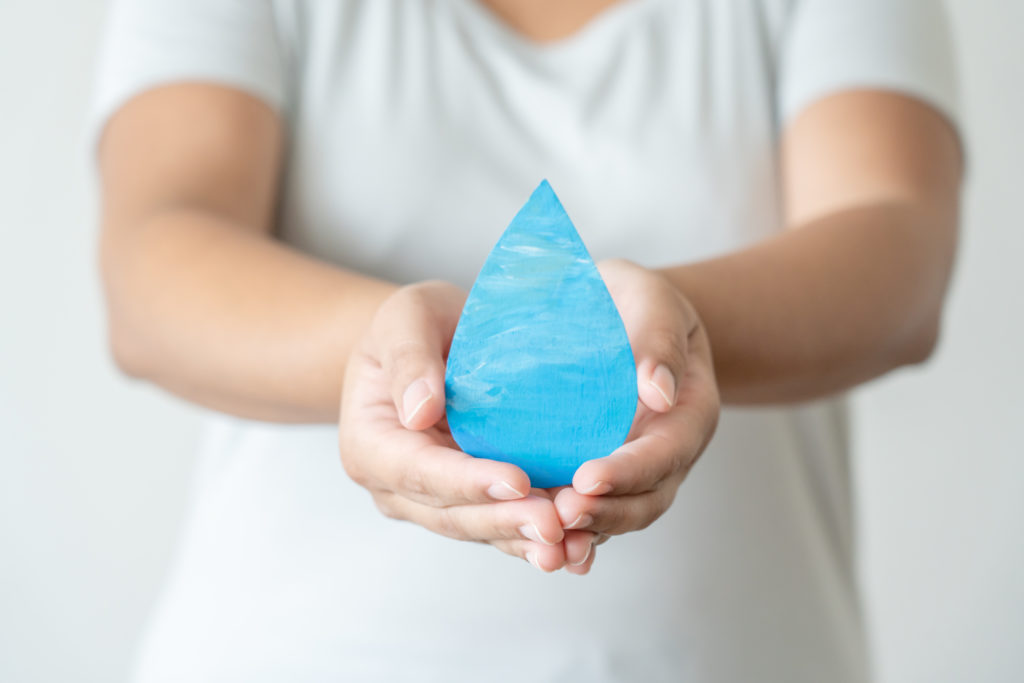Efficient Plumbing Upgrades for Water Conservation

Water is a precious resource that we often take for granted. According to the World Health Organization, over 2 billion people lack access to safe drinking water and by 2025, half of the world’s population will be living in water-stressed areas. With these alarming statistics, it’s important for us to take action towards conserving water.
One way we can do this is by making efficient plumbing upgrades in our homes and buildings. In this guide, we will discuss some practical ways to conserve water through these upgrades.
Why Conserve Water?
Conserving water raises awareness about the importance of responsible water management. It encourages individuals and communities to adopt water-saving habits and implement water-efficient technologies, contributing to a more sustainable and water-resilient society. It also helps alleviate the strain on water supplies, ensuring there is enough water available for essential needs like drinking, agriculture, and sanitation. It also reduces the reliance on unsustainable water sources such as groundwater.
Water conservation not only helps to save a valuable resource, but it also has environmental and economic benefits. By reducing your water consumption, you are helping to preserve the natural habitats of plants and animals that rely on water. Additionally, it can help to save you money on your monthly water bill.
Efficient Plumbing Upgrades
There are several plumbing upgrades that can be made in a home or building to conserve water. These include:
Installing low-flow toilets: Traditional toilets use around 6 gallons of water per flush, while low-flow models only use 1.28 gallons. This can save thousands of gallons of water per year.
Upgrading to low-flow showerheads: Showers are one of the biggest sources of water consumption in a home. Replacing old showerheads with low-flow models can reduce water usage by up to 50% without sacrificing water pressure or comfort.
Fixing leaks promptly: A leaking faucet or toilet can waste a significant amount of water over time. It’s important to fix these issues promptly to prevent unnecessary water loss.
Installing aerators on faucets: Aerators mix air with the water flow, reducing the amount of water used while still maintaining adequate pressure.
Additional Tips for Water Conservation
Besides plumbing upgrades, there are other simple ways to conserve water in our daily lives. These include:
Turning off the tap while brushing teeth or shaving.
Only running full loads in the dishwasher and washing machine.
Watering plants and lawns only when necessary, and using low-watering techniques such as drip irrigation.
Capturing rainwater for outdoor use.
Making efficient plumbing upgrades is an important step towards water conservation. By implementing these upgrades and adopting simple habits in our daily lives, we can all play a role in preserving this vital resource for future generations. Remember, every drop counts! So let’s make a conscious effort to reduce our water consumption and be mindful of the impact we have on the environment. Together, we can make a difference in creating a more sustainable future for all.
It’s no secret that water conservation is crucial for the health of our planet and future generations. By implementing efficient plumbing upgrades in our homes and adopting simple habits in our daily lives, we can all help to conserve this precious resource. Let’s make a conscious effort to reduce our water consumption and make a positive impact on the environment. Remember, small changes can make a big difference.




